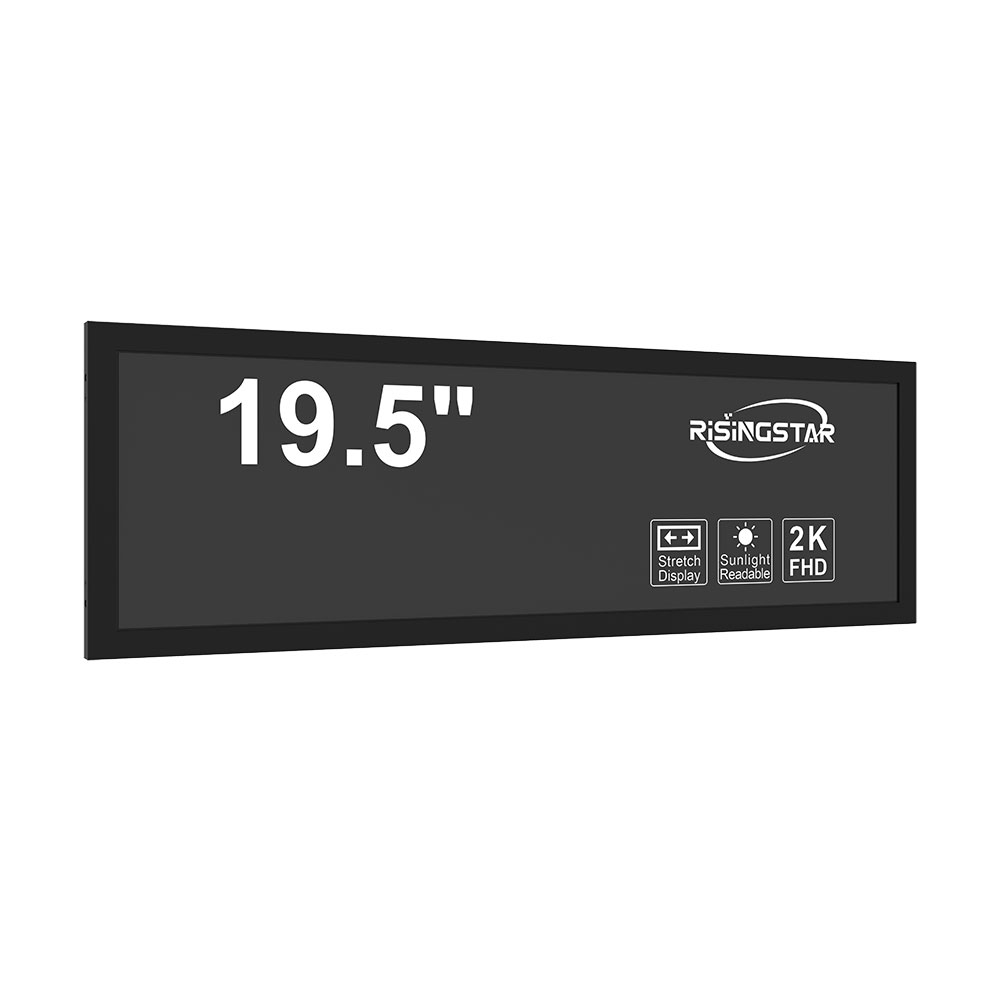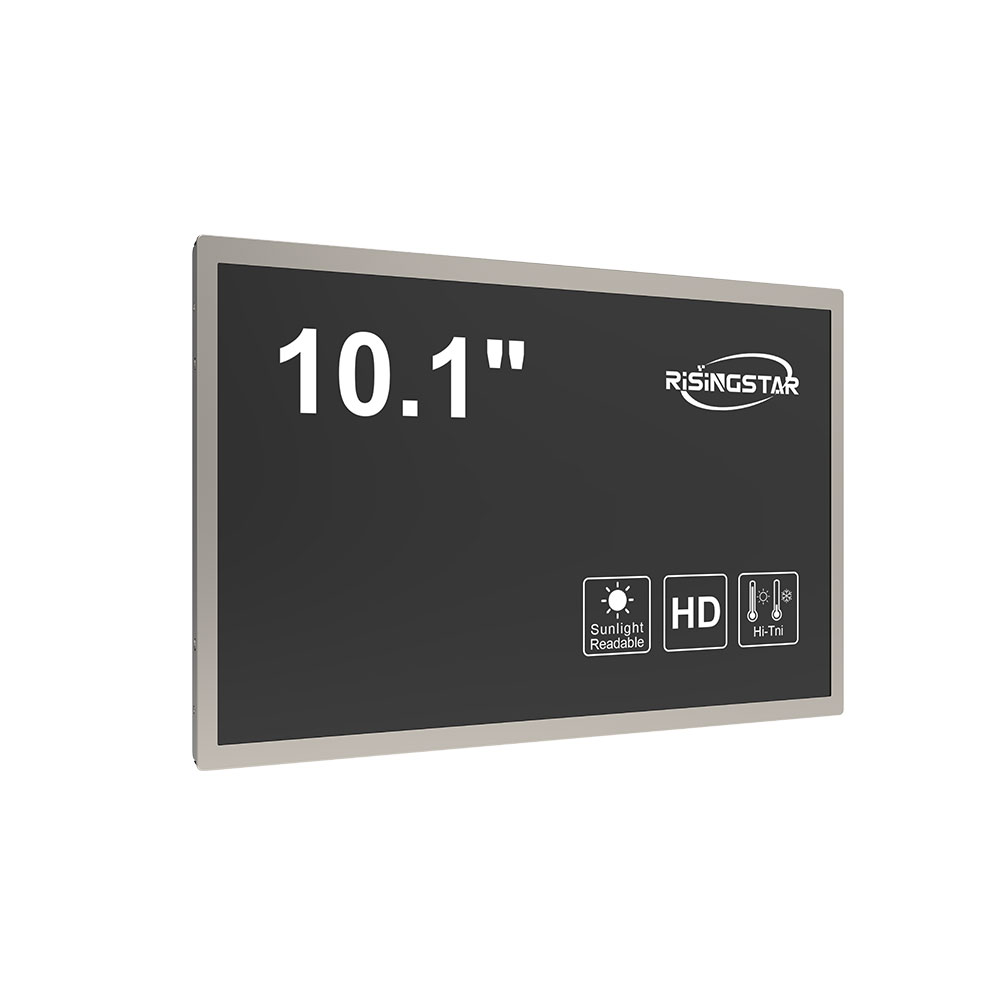
Privacy statement: Your privacy is very important to Us. Our company promises not to disclose your personal information to any external company without your explicit permission.
When designing outdoor LCD screens for commercial, industrial, or public use, display ratio is a critical factor that directly impacts usability, visibility, and content compatibility. Among the most commonly used ratios in outdoor applications, the 4:3 aspect ratio stands out for its legacy support, high compatibility with legacy systems, and superior performance in vertical space utilization—especially in compact form factors like 15", 17", and 19" displays.
The 4:3 ratio, originally popularized by CRT monitors and early digital displays, remains relevant today in environments such as retail kiosks, transportation terminals, and construction site information boards. Unlike modern 16:9 panels—which prioritize widescreen video content—4:3 offers more vertical real estate, making it ideal for displaying multiple rows of text, icons, or sensor data without scrolling. For instance, a 17" 4:3 outdoor LCD screen can fit up to 8–10 lines of readable text at once, compared to only 6 lines on a similarly sized 16:9 panel. This is especially valuable in crowded urban settings where quick visual comprehension is essential.
From an engineering perspective, 4:3 panels are often built with higher brightness levels (typically 5,000–7,000 nits) and enhanced anti-glare coatings to combat sunlight interference—a necessity for outdoor use. According to the SMPTE (Society of Motion Picture and Television Engineers) guidelines for outdoor display brightness, 5,000 nits is the minimum recommended for direct sunlight conditions, while 7,000 nits ensures visibility even during peak solar hours. The 15", 17", and 19" sizes are particularly well-suited for this because they balance portability with screen real estate—ideal for mobile units or temporary installations.

Moreover, manufacturers like LG, Samsung, and Innolux now offer ruggedized 4:3 panels specifically designed for outdoor use. These panels feature IP65-rated enclosures, wide operating temperature ranges (-20°C to +60°C), and built-in heat dissipation systems—ensuring reliability in extreme climates. In a case study from a London bus stop deployment, 17" 4:3 outdoor LCDs showed 35% better user engagement than 16:9 counterparts due to clearer text readability and reduced cognitive load.
In summary, choosing a 4:3 aspect ratio for outdoor LCD screens—particularly in 15", 17", and 19" sizes—is not just a throwback to older technology but a strategic decision grounded in real-world performance metrics. It optimizes both functional utility and user experience in demanding outdoor environments.

Email to this supplier

Privacy statement: Your privacy is very important to Us. Our company promises not to disclose your personal information to any external company without your explicit permission.